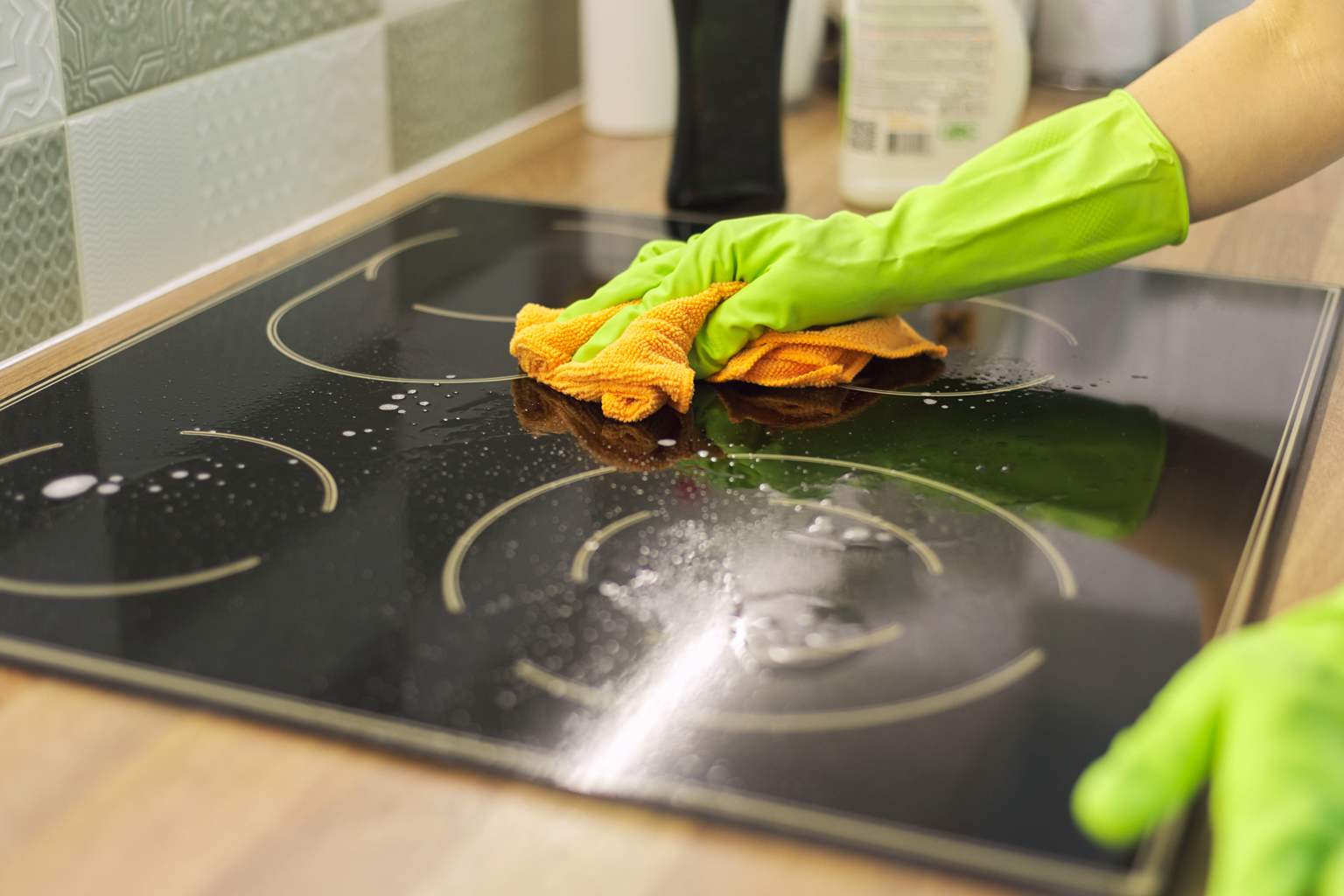If you’ve ever noticed scratches dulling the surface of your stovetop, you know how frustrating it can be. Those marks don’t just look bad—they can also affect your cooking experience. But before you rush to buy expensive cleaners or consider replacing your entire cooktop, there’s a simple, surprising solution hiding in your pantry that could save the day.
Instead of reaching for the usual suspects like toothpaste or lemon—which are often recommended but can sometimes do more harm than good—why not try a gentle, effective, and budget-friendly remedy? Here’s how baking soda, an everyday household staple, can breathe new life into your scratched stovetop.
Baking soda: the gentle scratch remover for your stovetop
Many of us have heard tips about using toothpaste or lemon juice to tame scratches. Toothpaste, with its mild abrasives, seems like a natural choice, but it can actually wear down the surface coating of glass or ceramic cooktops. Lemon juice, prized for its natural degreasing power, contains acid that can dull the shiny finish.
That’s where baking soda shines. It offers a slightly abrasive texture that’s tough enough to polish away light scratches but gentle enough to protect your stovetop’s integrity. Plus, it’s incredibly affordable and usually easy to find.
To use baking soda for scratch removal, start by wiping your stovetop with a damp cloth to clear away any food particles or grease. Then, sprinkle a small amount of baking soda over the scratched areas. Use a soft cloth in gentle circular motions to rub the baking soda into the surface. This subtle polishing action helps reduce the appearance of scratches without damaging the glass or ceramic.
Preparing and caring for your stovetop with simple household ingredients
Preparation is key to getting the best results. Before applying baking soda, it’s a good idea to clean your stovetop with a mix of warm water and white vinegar. This step disinfects and breaks down any stubborn grease, creating a clean base that makes the baking soda more effective.
Once you’ve polished the scratches with baking soda, be sure to thoroughly wipe away any residue with a damp cloth. Then, dry the surface with a clean towel to avoid water spots and restore shine. This simple routine can keep your stovetop looking fresh and sleek without spending a fortune.
While baking soda is a powerful helper, it’s important not to overdo it. Use this method occasionally rather than as a daily cleaning habit to maintain your stovetop’s coating. For deep scratches or significant damage, it’s wise to consult a professional rather than trying to DIY a fix that might make things worse.
Why a little care can make a big difference in your kitchen
I remember feeling discouraged when I first noticed a web of scratches across my stovetop’s once-pristine surface, thinking I’d need to replace it entirely. Trying endless products only made me wary of harsh chemicals damaging the finish. When I stumbled upon baking soda’s surprising power to gently buff away those marks, I was amazed how quickly and easily my stovetop regained its shine.
This experience was a real lesson in how sometimes the simplest solutions are right under our noses. Regular, gentle care with the right ingredients can extend the life of your kitchen appliances far beyond what you might expect.
Have you tried using baking soda or other natural methods to refresh your cooking surfaces? What’s your go-to hack for tackling scratches or stains in the kitchen? Share your stories and tips below—you never know who might benefit from your experience. Cleaning up together makes these household challenges a little easier and a lot more satisfying!
